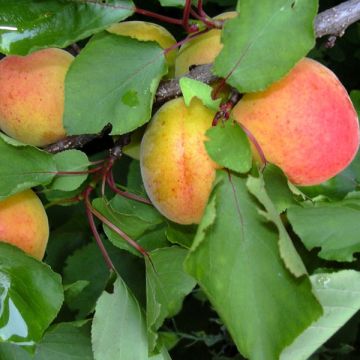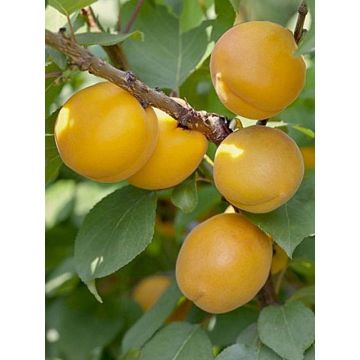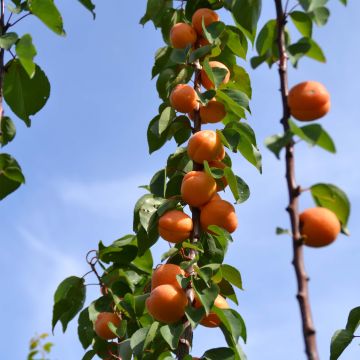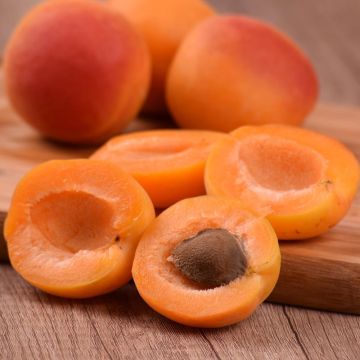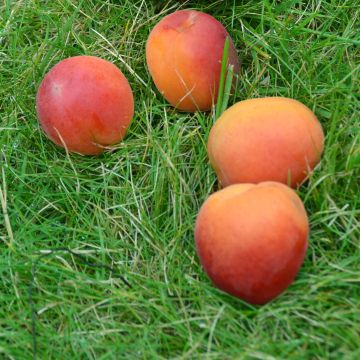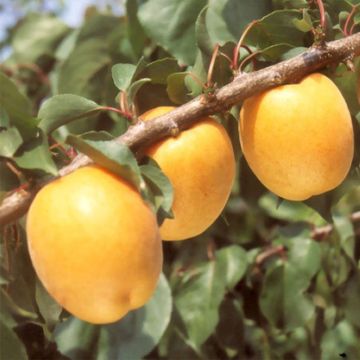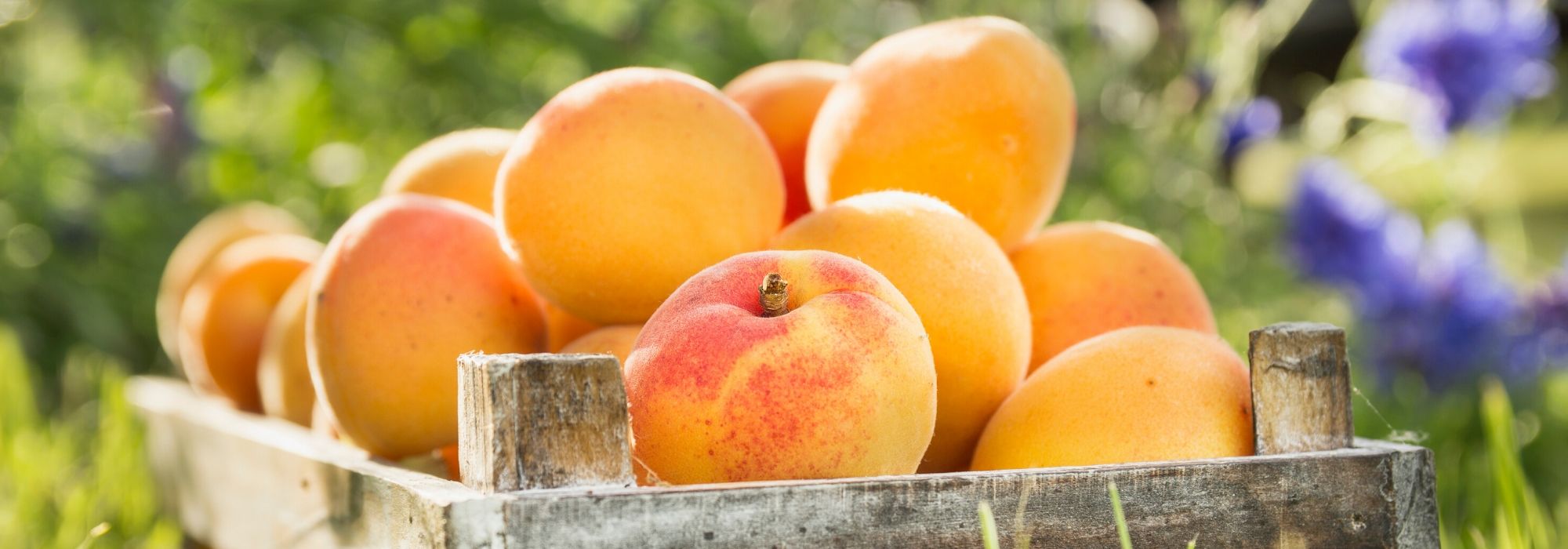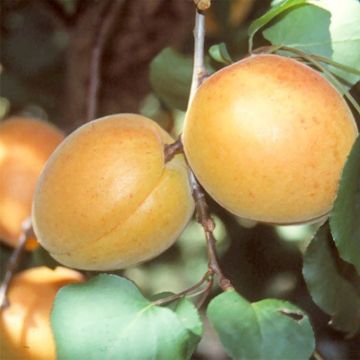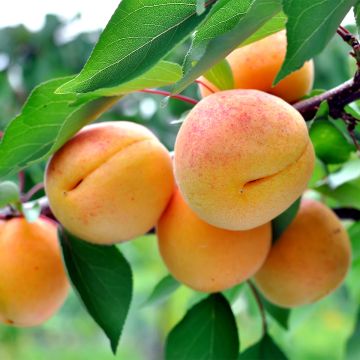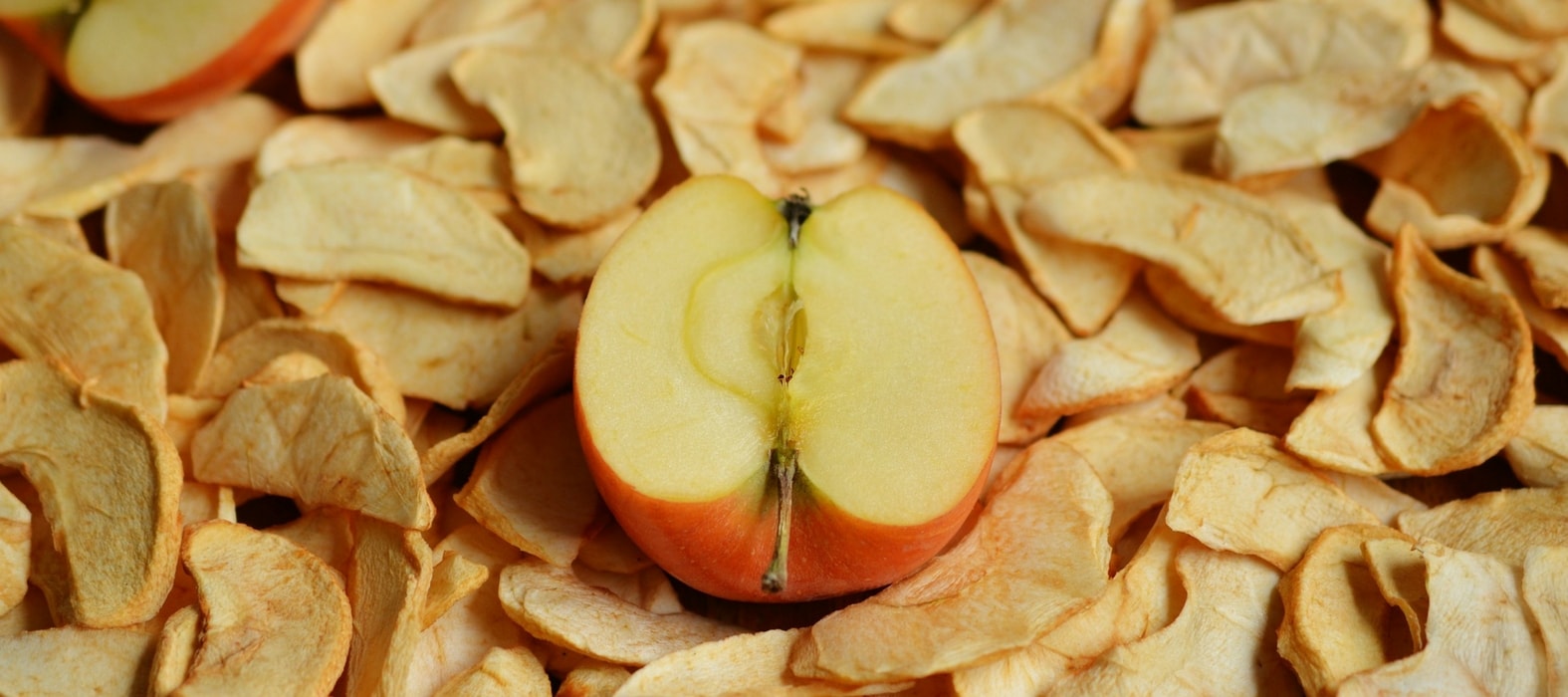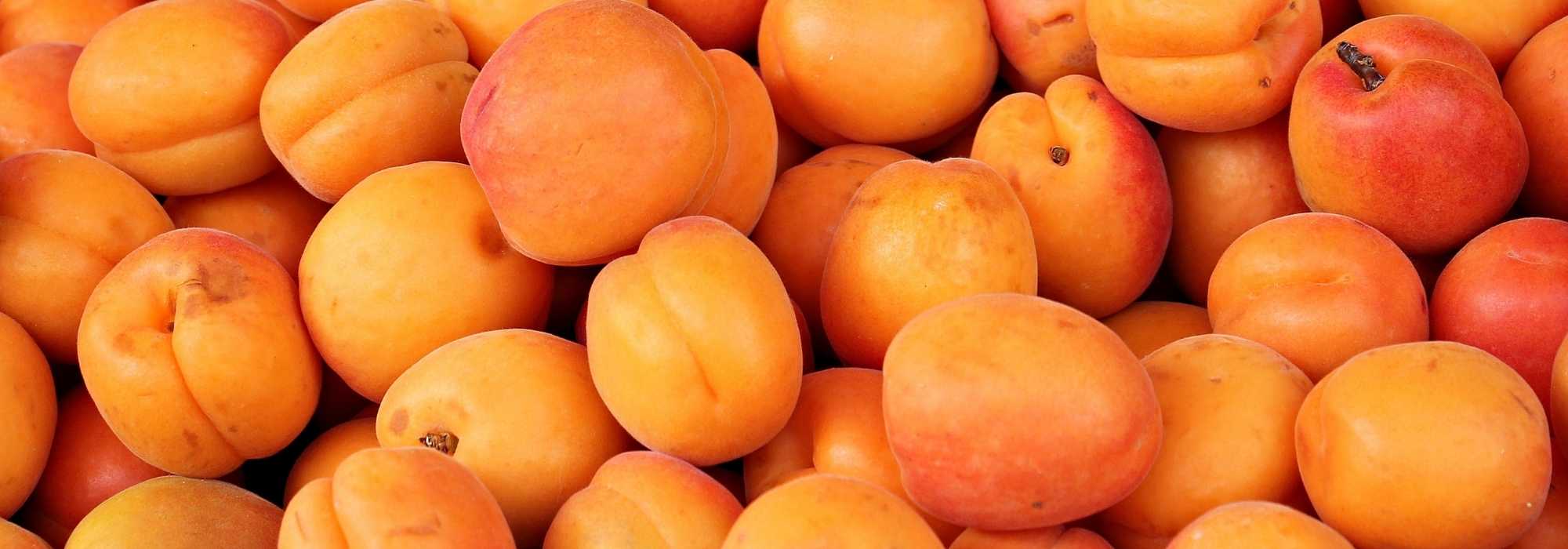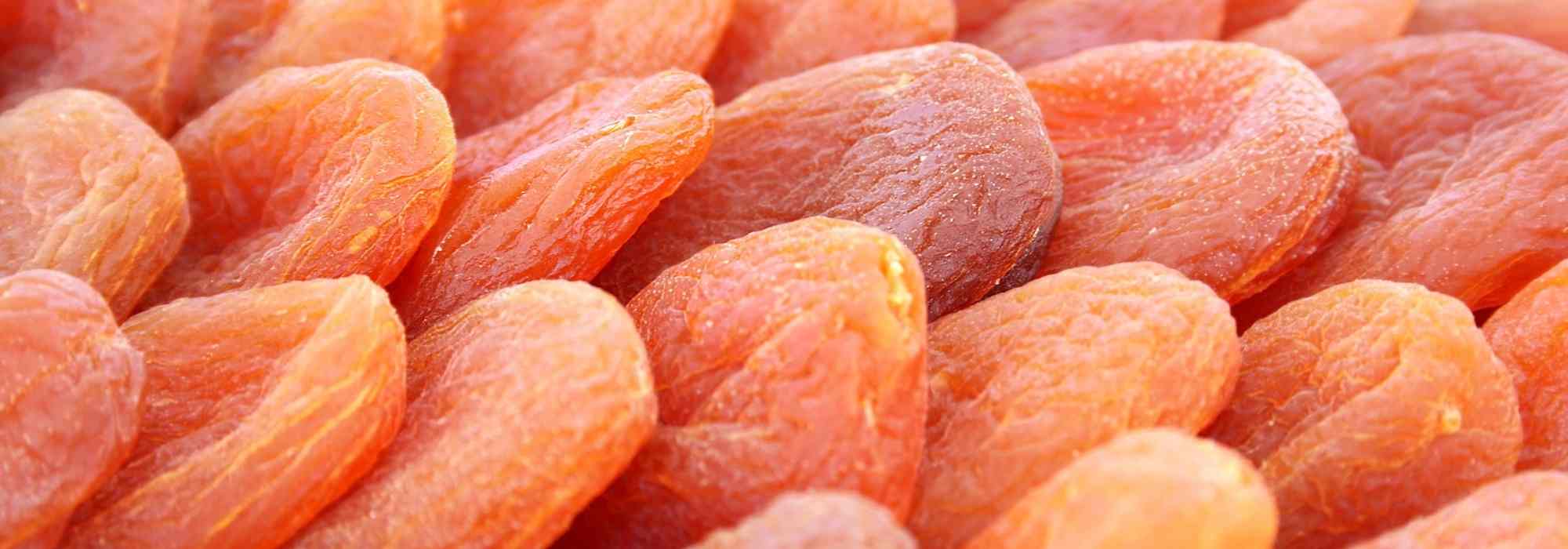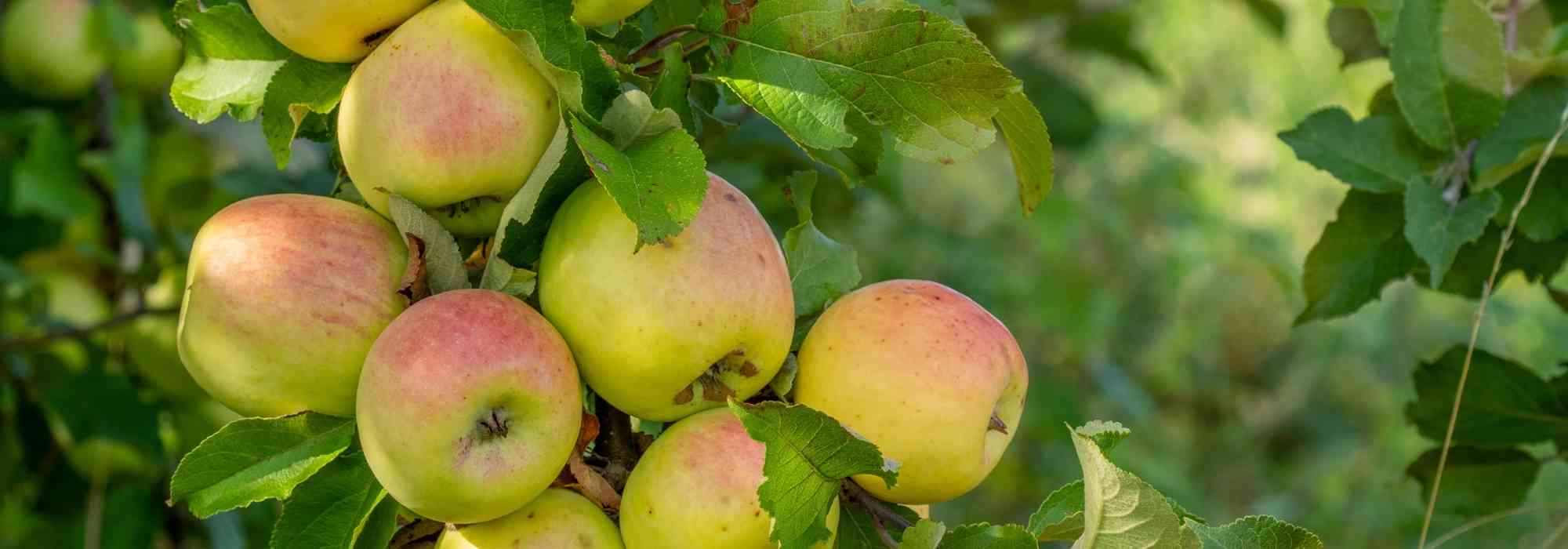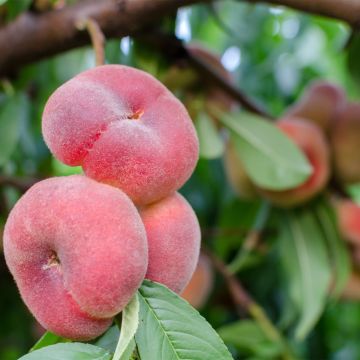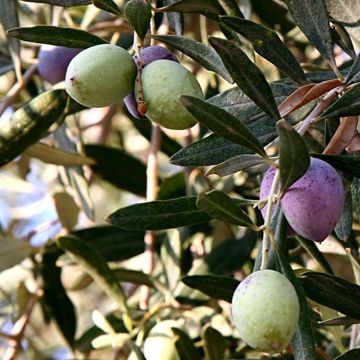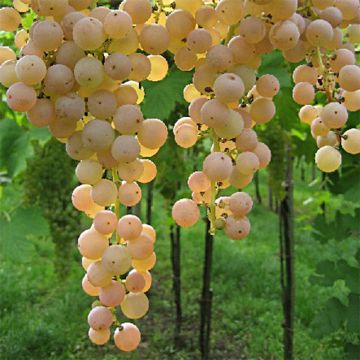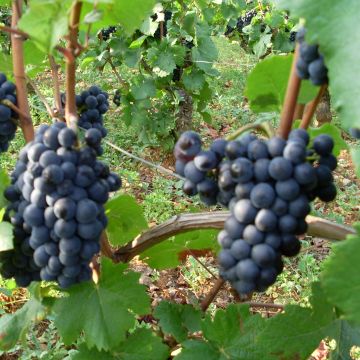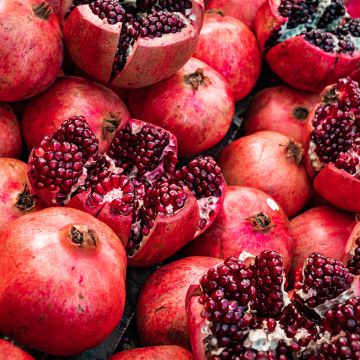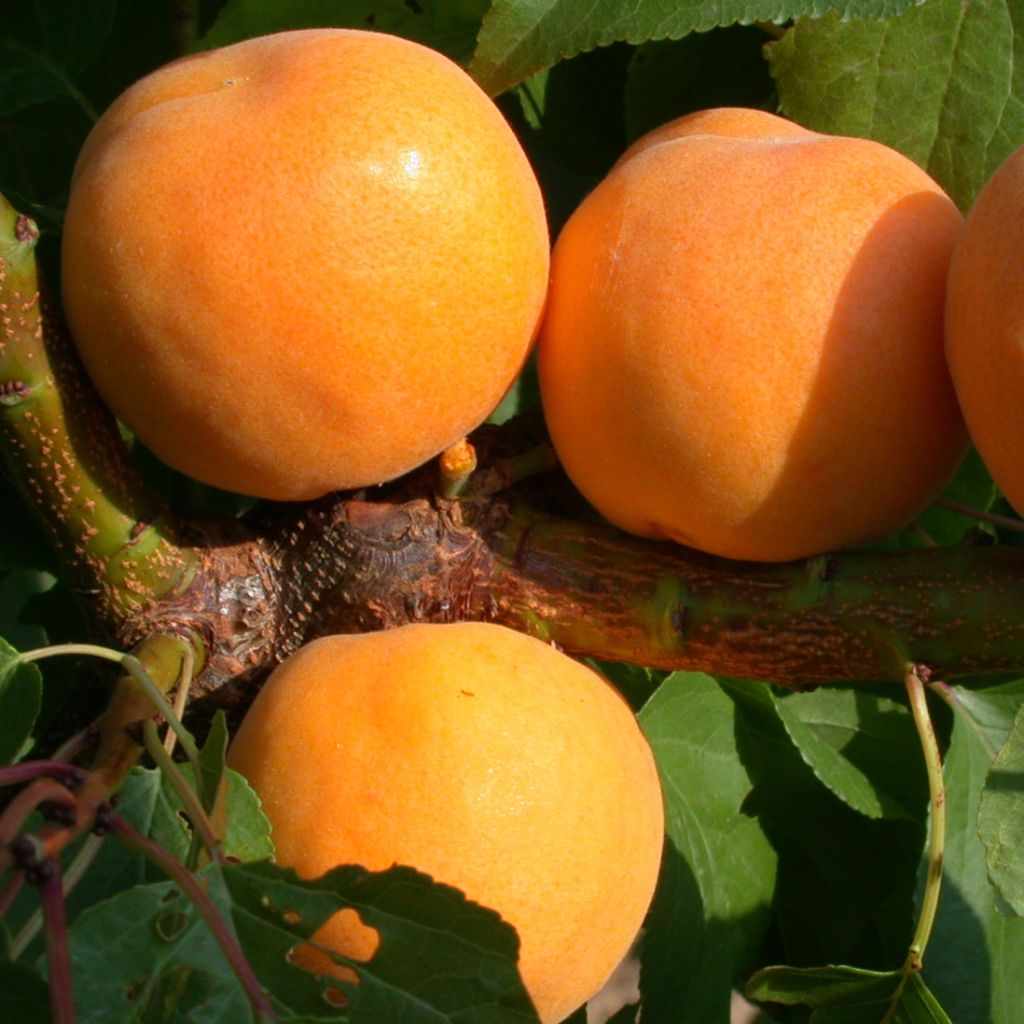

Prunus armeniaca Muscat de Nancy - Apricot Tree
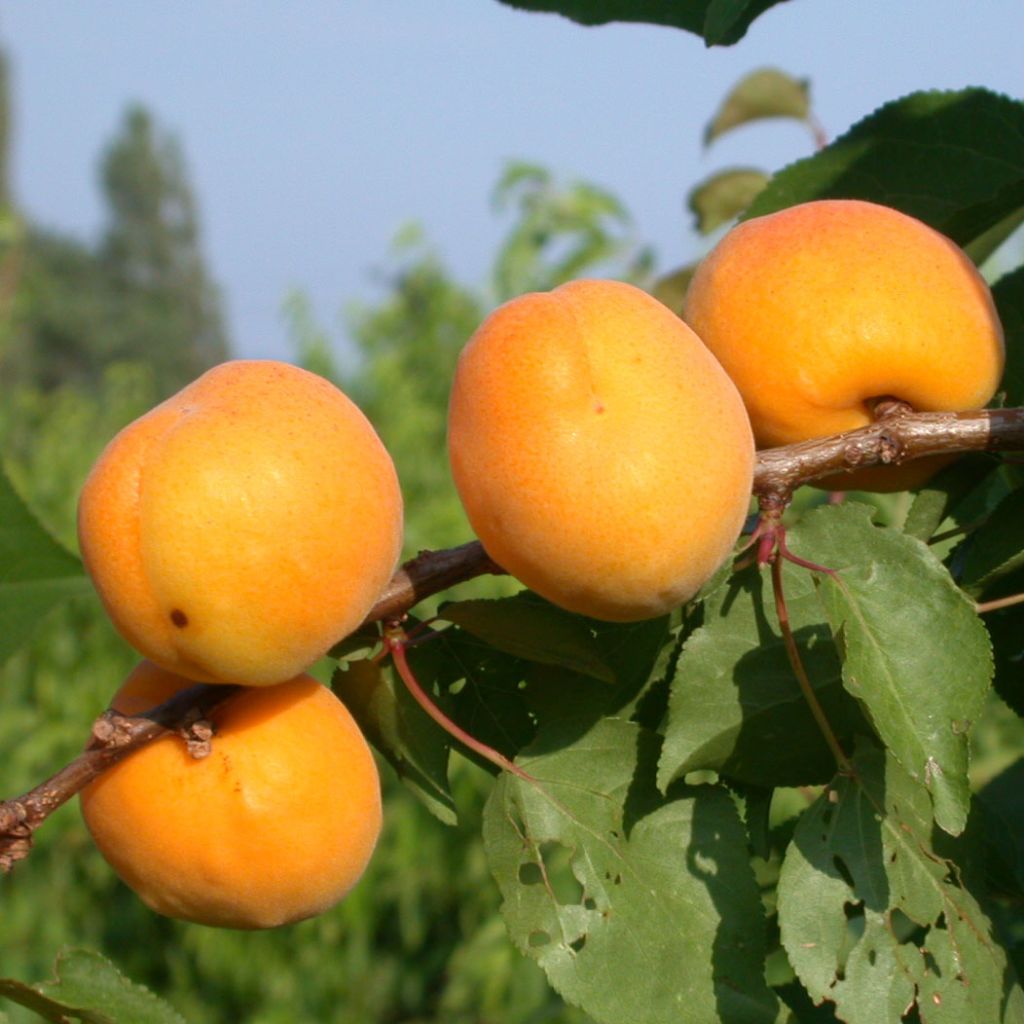

Prunus armeniaca Muscat de Nancy - Apricot Tree
Prunus armeniaca Muscat de Nancy - Apricot Tree
Prunus armeniaca Muscat de Nancy
Apricot
Bonjour peut-on le conduire en palmette ? Merci
ricardo, 09/11/2017
Special offer!
Receive a €20 voucher for any order over €90 (excluding delivery costs, credit notes, and plastic-free options)!
1- Add your favorite plants to your cart.
2- Once you have reached €90, confirm your order (you can even choose the delivery date!).
3- As soon as your order is shipped, you will receive an email containing your voucher code, valid for 3 months (90 days).
Your voucher is unique and can only be used once, for any order with a minimum value of €20, excluding delivery costs.
Can be combined with other current offers, non-divisible and non-refundable.
Why not try an alternative variety in stock?
View all →This plant carries a 6 months recovery warranty
More information
We guarantee the quality of our plants for a full growing cycle, and will replace at our expense any plant that fails to recover under normal climatic and planting conditions.
Description
The Muscat de Nancy Apricot Tree is a self-fertile variety. Of good taste quality, its fruits measure about 5 cm (2in) in diameter and are oval in shape. They are delicious fresh, preserved, and in tarts. Their skin, orange speckled with carmine red in the sun, hides a soft, fine, and melting flesh, juicy, sweet, and musky in taste. When cooked, the fruit fully reveals its muscat flavour. The flesh easily separates from the stone. Harvesting begins in mid-July.
The apricot tree is native to Central and Eastern Asia. It has been cultivated in China since 3,000 BC. The apricot tree we cultivate (Prunus armeniaca) was introduced to the Mediterranean basin from Armenia, hence its name, at the beginning of the Christian era. Its introduction to France took place during the Renaissance. In 1745, in Pézenas, an amateur discovered a chance seedling. Finding the tree very beautiful, he grafted it in Montceau. The professionals of that time soon developed this variety, recognizing its good potential. The Muscat de Nancy Apricot Tree was born.
The Muscat de Nancy Apricot Tree is resistant to cold temperatures up to -10 °C. It is suitable for Mediterranean, oceanic, and continental regions. This variety has a semi-erect habit, which means it is a slender and tall tree with vertically growing branches and a very elegant silhouette. The leaves are toothed, heart-shaped, and have long petioles. It reaches up to 7 m (23ft) in height with a diameter of 5 m (16ft). It starts producing at 3 years old and becomes fully mature at 7 years old.
The flowering of the Apricot Tree occurs in mid-March, before the appearance of leaves. The flowering is carried by the previous year's branches. The flower has 5 pink petals and purple sepals. It is fragrant but lasts only a short time. The Muscat de Nancy Apricot Tree is self-fertile, so it does not require the presence of another apricot tree for pollination. Fruit ripening occurs from mid-July for about two weeks.
Apricots are consumed fresh, dried, or prepared in various ways: jams, tarts, compotes, apricots in syrup... They are also used in savoury dishes, such as rabbit with apricots and parsnips, an English recipe. Apricot juices are often mixed with a touch of peach juice to balance the natural acidity of the apricot.
Prunus armeniaca Muscat de Nancy - Apricot Tree in pictures


Plant habit
Fruit
Flowering
Foliage
Botanical data
Prunus
armeniaca
Muscat de Nancy
Rosaceae
Apricot
Western Europe
Franc (Bare root - Scion)
Other Apricot trees
View all →Planting and care
Planting preferably takes place at the beginning of winter, when the tree is in vegetative rest, and before frost. To plant several apricot trees, space them at least 1.5 m (5ft) apart. Dig a hole two to three weeks before planting, twice as wide and deep as the pot. On the day of planting, place the tree with its pot in a basin of water, to moisten the entire root ball through capillarity. Place compost at the bottom of the hole. Install the tree in the hole, fill with soil mixed with potting soil. Firmly tamp down at the base. The root ball should be completely covered. Water generously.
The Muscat de Nancy Apricot Tree is not demanding in terms of soil type. It will ideally thrive in rich and light soil, cool, and above all well-drained: it does not tolerate stagnant water. Plant it in a sunny location, and sheltered from the winds from the North and East.
Planting period
Intended location
Care
Planting & care advice
-
, onOrder confirmed
Reply from on Promesse de fleurs
Similar products
Haven't found what you were looking for?
Hardiness is the lowest winter temperature a plant can endure without suffering serious damage or even dying. However, hardiness is affected by location (a sheltered area, such as a patio), protection (winter cover) and soil type (hardiness is improved by well-drained soil).

Photo Sharing Terms & Conditions
In order to encourage gardeners to interact and share their experiences, Promesse de fleurs offers various media enabling content to be uploaded onto its Site - in particular via the ‘Photo sharing’ module.
The User agrees to refrain from:
- Posting any content that is illegal, prejudicial, insulting, racist, inciteful to hatred, revisionist, contrary to public decency, that infringes on privacy or on the privacy rights of third parties, in particular the publicity rights of persons and goods, intellectual property rights, or the right to privacy.
- Submitting content on behalf of a third party;
- Impersonate the identity of a third party and/or publish any personal information about a third party;
In general, the User undertakes to refrain from any unethical behaviour.
All Content (in particular text, comments, files, images, photos, videos, creative works, etc.), which may be subject to property or intellectual property rights, image or other private rights, shall remain the property of the User, subject to the limited rights granted by the terms of the licence granted by Promesse de fleurs as stated below. Users are at liberty to publish or not to publish such Content on the Site, notably via the ‘Photo Sharing’ facility, and accept that this Content shall be made public and freely accessible, notably on the Internet.
Users further acknowledge, undertake to have ,and guarantee that they hold all necessary rights and permissions to publish such material on the Site, in particular with regard to the legislation in force pertaining to any privacy, property, intellectual property, image, or contractual rights, or rights of any other nature. By publishing such Content on the Site, Users acknowledge accepting full liability as publishers of the Content within the meaning of the law, and grant Promesse de fleurs, free of charge, an inclusive, worldwide licence for the said Content for the entire duration of its publication, including all reproduction, representation, up/downloading, displaying, performing, transmission, and storage rights.
Users also grant permission for their name to be linked to the Content and accept that this link may not always be made available.
By engaging in posting material, Users consent to their Content becoming automatically accessible on the Internet, in particular on other sites and/or blogs and/or web pages of the Promesse de fleurs site, including in particular social pages and the Promesse de fleurs catalogue.
Users may secure the removal of entrusted content free of charge by issuing a simple request via our contact form.
The flowering period indicated on our website applies to countries and regions located in USDA zone 8 (France, the United Kingdom, Ireland, the Netherlands, etc.)
It will vary according to where you live:
- In zones 9 to 10 (Italy, Spain, Greece, etc.), flowering will occur about 2 to 4 weeks earlier.
- In zones 6 to 7 (Germany, Poland, Slovenia, and lower mountainous regions), flowering will be delayed by 2 to 3 weeks.
- In zone 5 (Central Europe, Scandinavia), blooming will be delayed by 3 to 5 weeks.
In temperate climates, pruning of spring-flowering shrubs (forsythia, spireas, etc.) should be done just after flowering.
Pruning of summer-flowering shrubs (Indian Lilac, Perovskia, etc.) can be done in winter or spring.
In cold regions as well as with frost-sensitive plants, avoid pruning too early when severe frosts may still occur.
The planting period indicated on our website applies to countries and regions located in USDA zone 8 (France, United Kingdom, Ireland, Netherlands).
It will vary according to where you live:
- In Mediterranean zones (Marseille, Madrid, Milan, etc.), autumn and winter are the best planting periods.
- In continental zones (Strasbourg, Munich, Vienna, etc.), delay planting by 2 to 3 weeks in spring and bring it forward by 2 to 4 weeks in autumn.
- In mountainous regions (the Alps, Pyrenees, Carpathians, etc.), it is best to plant in late spring (May-June) or late summer (August-September).
The harvesting period indicated on our website applies to countries and regions in USDA zone 8 (France, England, Ireland, the Netherlands).
In colder areas (Scandinavia, Poland, Austria...) fruit and vegetable harvests are likely to be delayed by 3-4 weeks.
In warmer areas (Italy, Spain, Greece, etc.), harvesting will probably take place earlier, depending on weather conditions.
The sowing periods indicated on our website apply to countries and regions within USDA Zone 8 (France, UK, Ireland, Netherlands).
In colder areas (Scandinavia, Poland, Austria...), delay any outdoor sowing by 3-4 weeks, or sow under glass.
In warmer climes (Italy, Spain, Greece, etc.), bring outdoor sowing forward by a few weeks.































